Studio Essentials: Octave One
The Burden Brothers detail their musical essentials for when they are on the road.
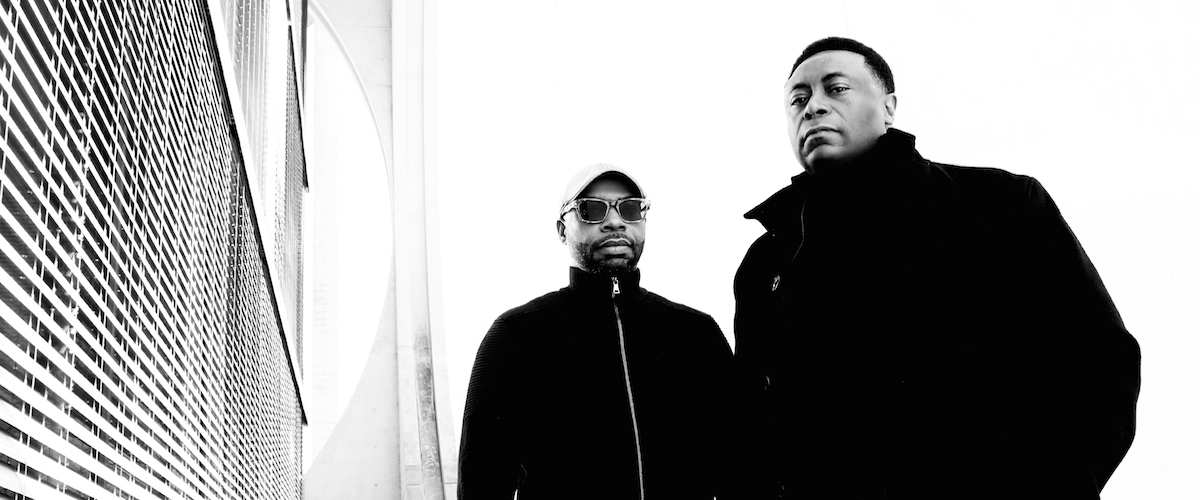
Studio Essentials: Octave One
The Burden Brothers detail their musical essentials for when they are on the road.

The Burden Brothers’ connection with their machines runs deep. Lenny and Lawrence, siblings from Detroit, are the core members of one of techno history’s most pivotal acts (with Lorne, Lynell and Lance having also contributed over the years). Together, they’ve done it all: via their self-run platform 430 West Records, the Burdens shared with the world their own prolific, varied productions throughout the ‘90s, as well as welcoming a wealth of other ground-breaking artists to the imprint. Many will know them for the timeless clubbing hit “Black Water,” though their back catalog is so much more—a treasure trove of unique, raw gems. Their sounds covered everything from vocal house to the Detroit techno they are most famous for, working as Octave One and Random Noise Generation among other monikers, always with a certain touch of class.
Since those earlier days, the Burdens have never really stopped working at perfecting their style and production methods. You’ll still catch them touring the globe today, presenting their well-oiled live shows to international audiences. Equally, behind the scenes it’s still all go—rolling off the back of last year’s Burn It DownLP, they’ve recently rekindled their relationship with vocalist Ann Saunderson for new cut “Just Don’t Speak.” Aside from churning out fresh material from the studio, they’re still advancing their innovative performances, even lining up alongside Zurich’s Philharmonic Orchestra for a special show earlier this year.
With all of this in mind, and ahead of their performance at this year’s Movement Croatia festival, we are delighted to hand over control to the Burdens in detailing their absolute musical essentials for when they are on the road.
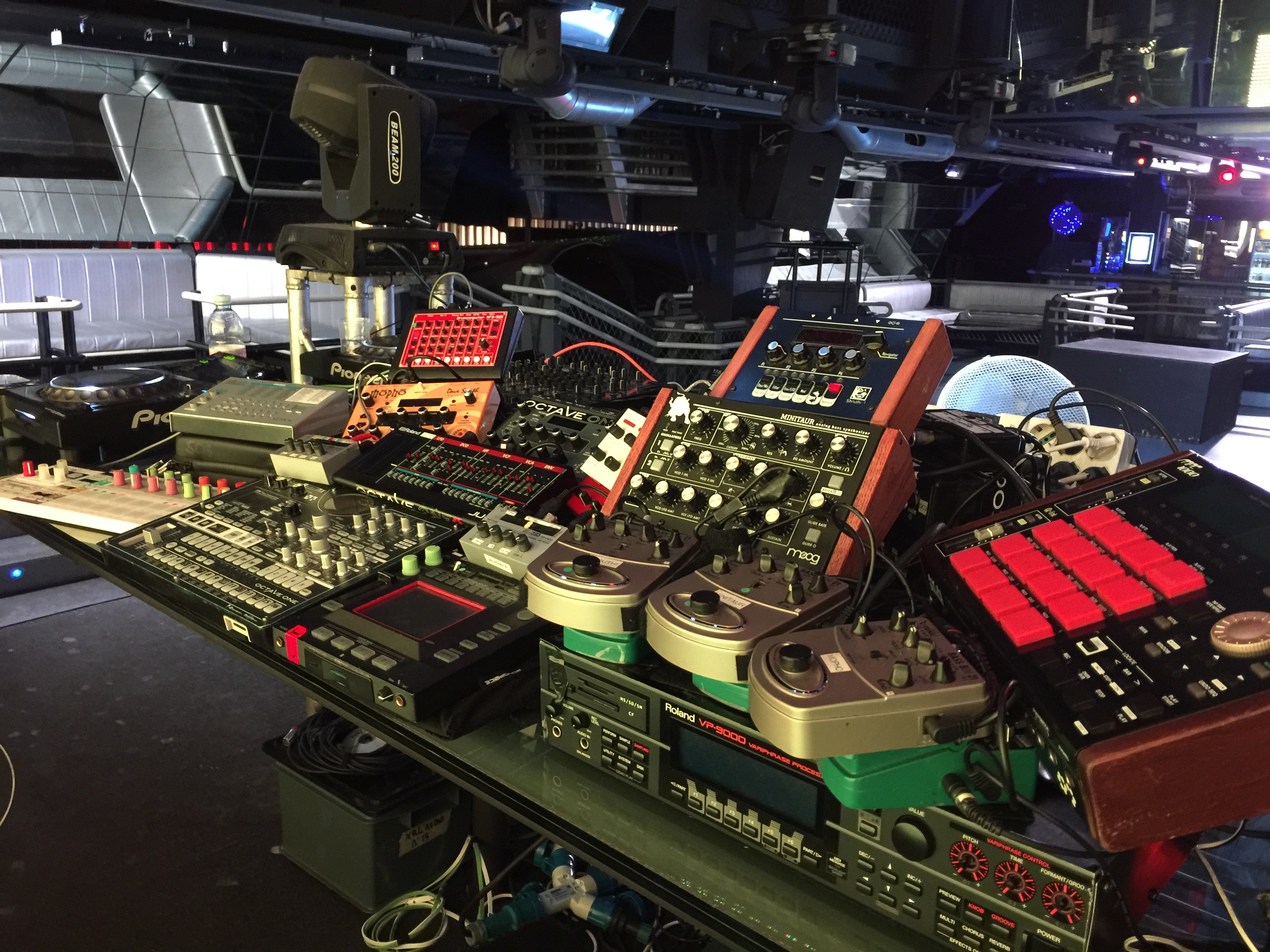
Averaging about 70 gigs a year, we’ve learned a thing or two about what we really need to make the show happen. With wear and tear on the equipment and lost luggage being constant problems, we’ve developed a list of things we need to perform. Here are our five essential pieces.
Akai MPC1000 Music Production Center (now discontinued)
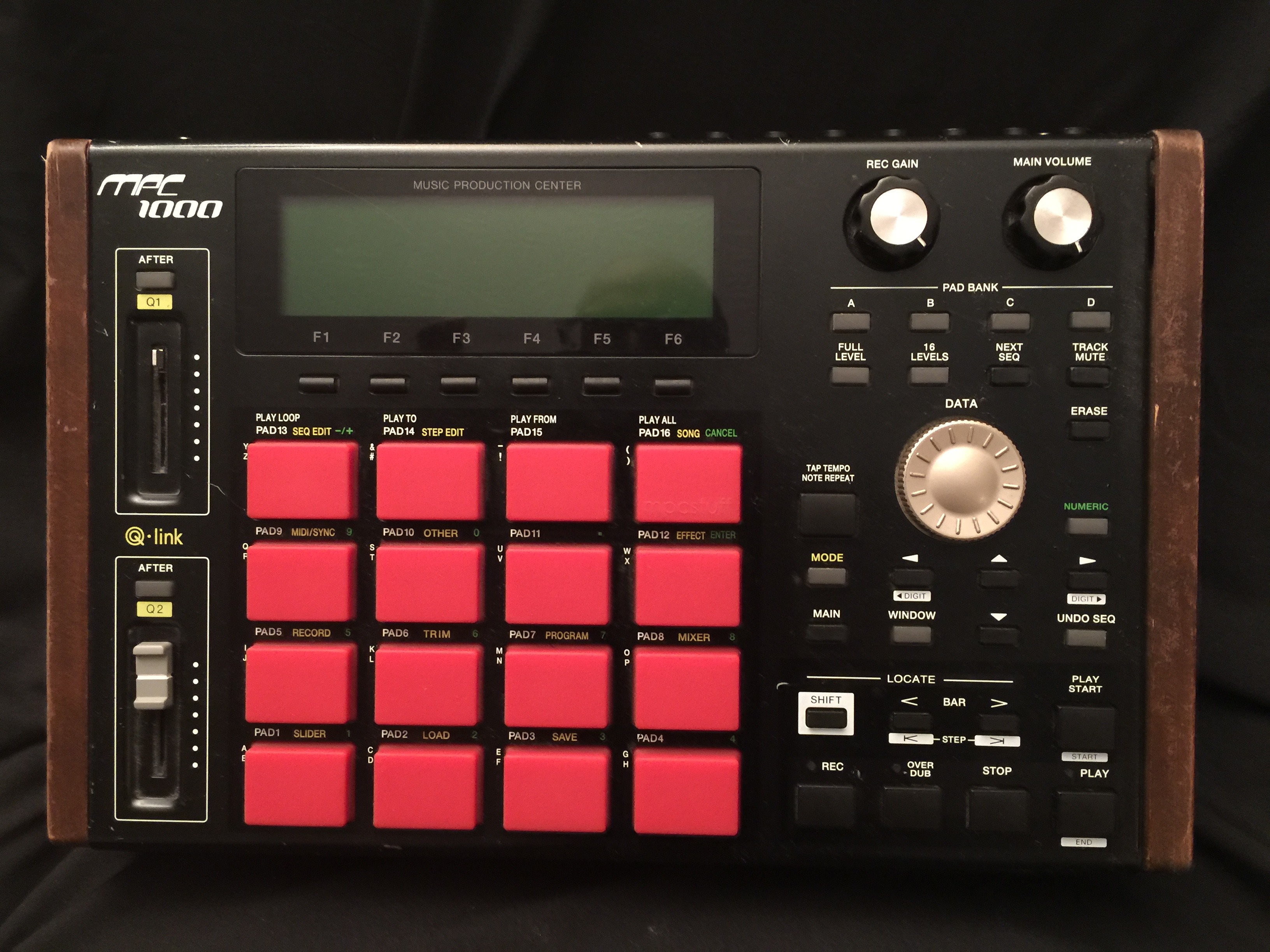
Added to the setup in 2004, the units (yes we bring two along; one as a back up) replaced the MPC2000xl and MPC2000 which were our main live sequencers for years. Smaller, lighter, and more powerful than its predecessors, the MPC1000 is the heart of our setup. It serves as the master sequencer for most of the synthesizers and samplers. It also serves as the master MIDI clock for all the drum machines and sub-sequencers (i.e. a Korg EMX-1 and Arturia BeatStep Pro). It has proven to be stable and reliable with solid MIDI synch.
With the addition of a third-party operating system, JJ OSXL, you get many additions to the OS that make it an extremely powerful unit. Two MIDI outputs also supply up to 32 MIDI channels and additional flexibility. All six audio outputs are also used for drum hits and synth hits, with these samples taken from the original productions of the tracks (usually from the master multi-track tape or Pro Tools session).
The units are also modified with thicker, more responsive aftermarket pads, Moog style knobs, custom buttons and sliders, custom overlays, and wood ends. Maxed out memory and internal hard drives have also been added.
Korg Electribe EMX1-SD (also discontinued)
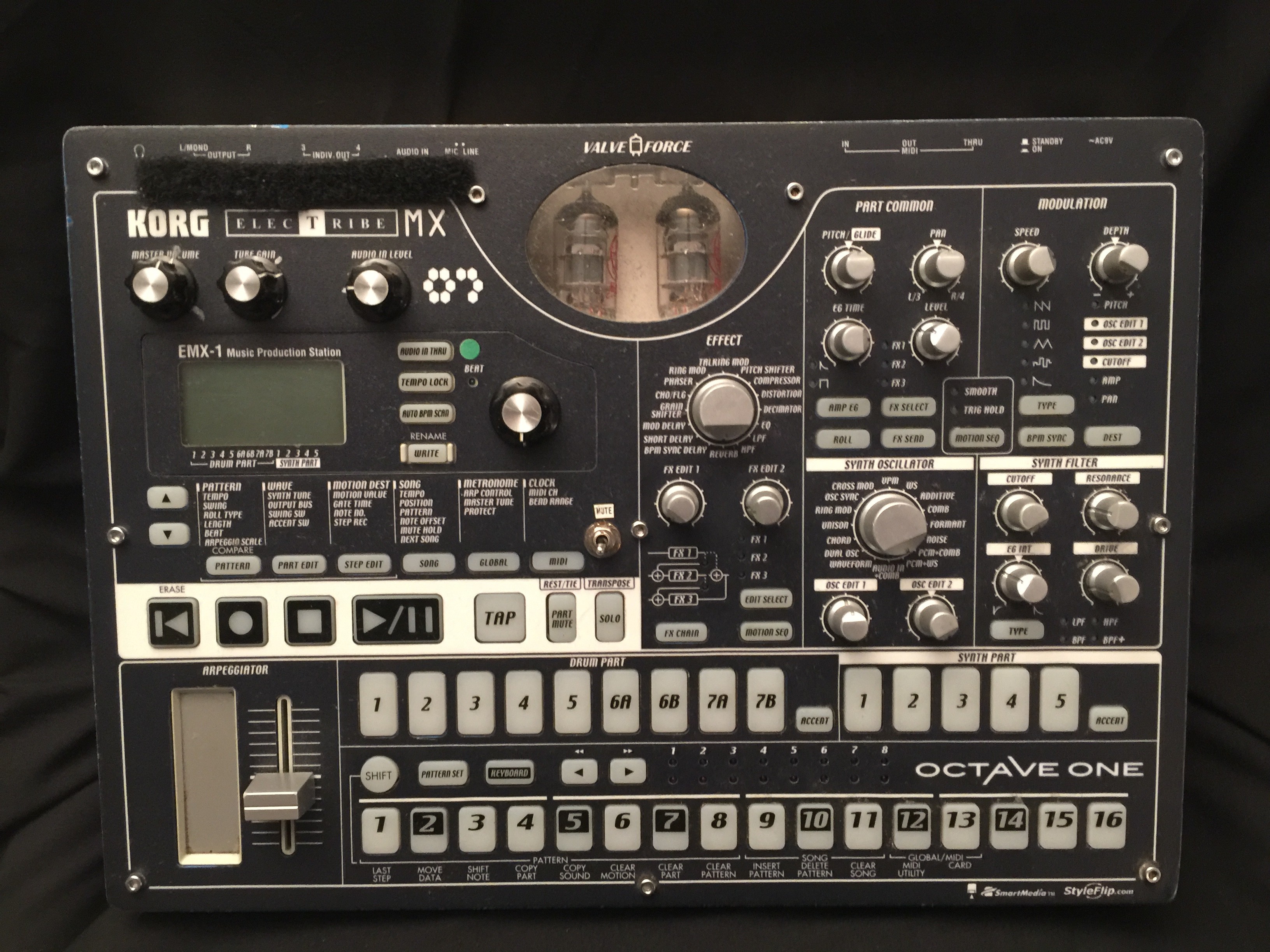
A very powerful piece, the EMX1 serves as a second sequencer and primary drum machine for overheads, claps and snares. It’s also an additional synthesizer engine and MIDI trigger for the MFB-522 drum machine.
It’s a very flexible performance piece as well, with tons of dedicated knobs and buttons to quickly access most parameters. It has built-in effects that are good for dramatic additions to the performance and sound sculpting.
We bring two of these units with us. Both machines are specially modified with aftermarket tubes (for additional “color” of the sound), a mute switch (to enhance the performance), Moog style knobs, custom overlays, and a few extra internal bits.
Moog Minitaur Analog Bass Synthesizer
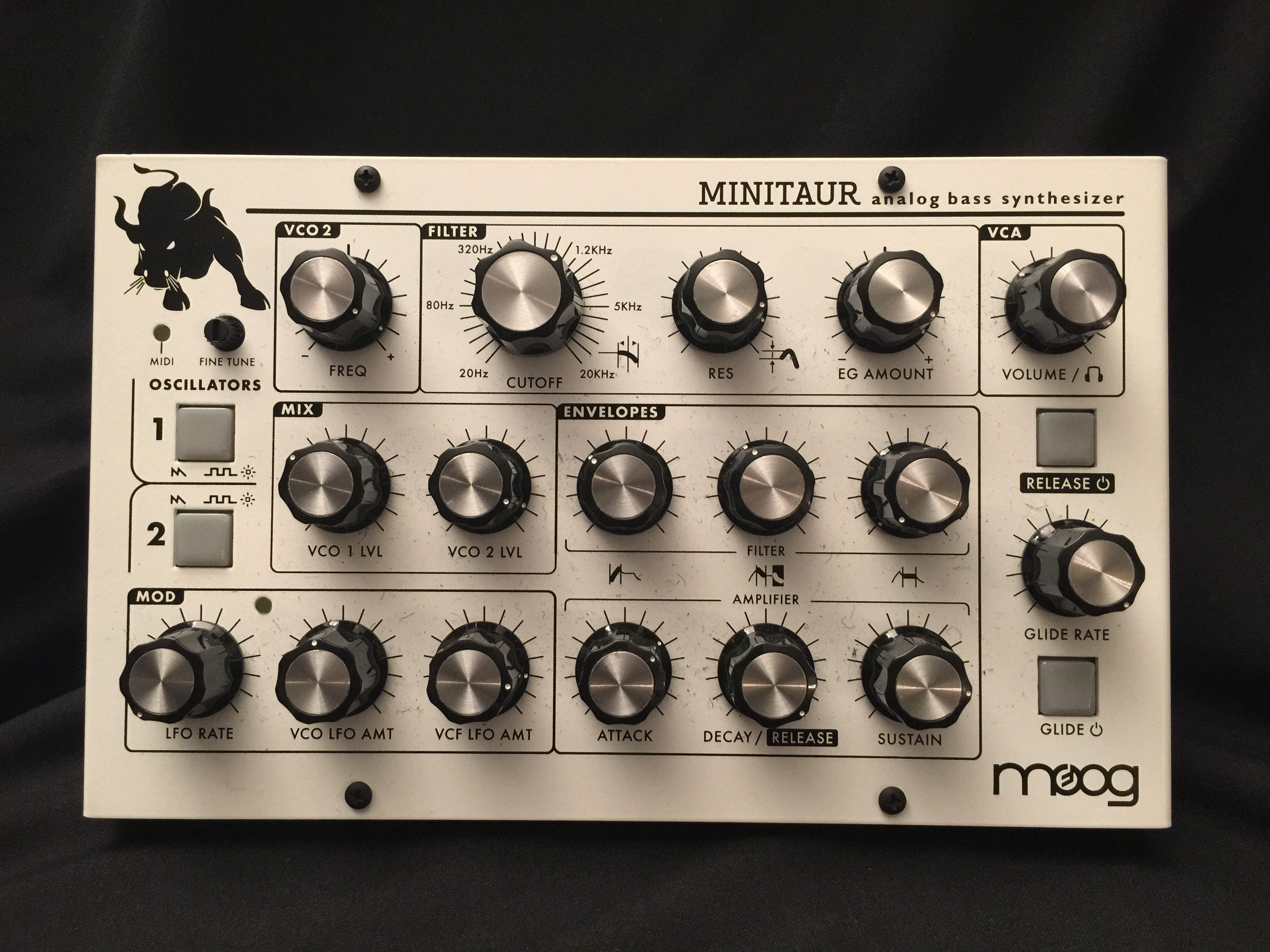
Without bass there is no party, and this is our bass unit. Warm, deep, analog, and unmistakably Moog, the Minitaur serves as the low end funk for every track live. Sometimes used for sub bass, sometimes as the main bass line, it’s very versatile with a strong filter (and now with onboard patch storage courtesy of an OS upgrade from Moog). It’s also great for performance with loads of dedicated knobs and buttons for on the fly patch manipulation. It looks great too with the wood sides added, which is what we have done. Two of these units are brought along with one serving as a back up (a limited edition white one is our secondary unit).
Dave Smith Instruments Mopho Analog Synthesizer (and Tetra)
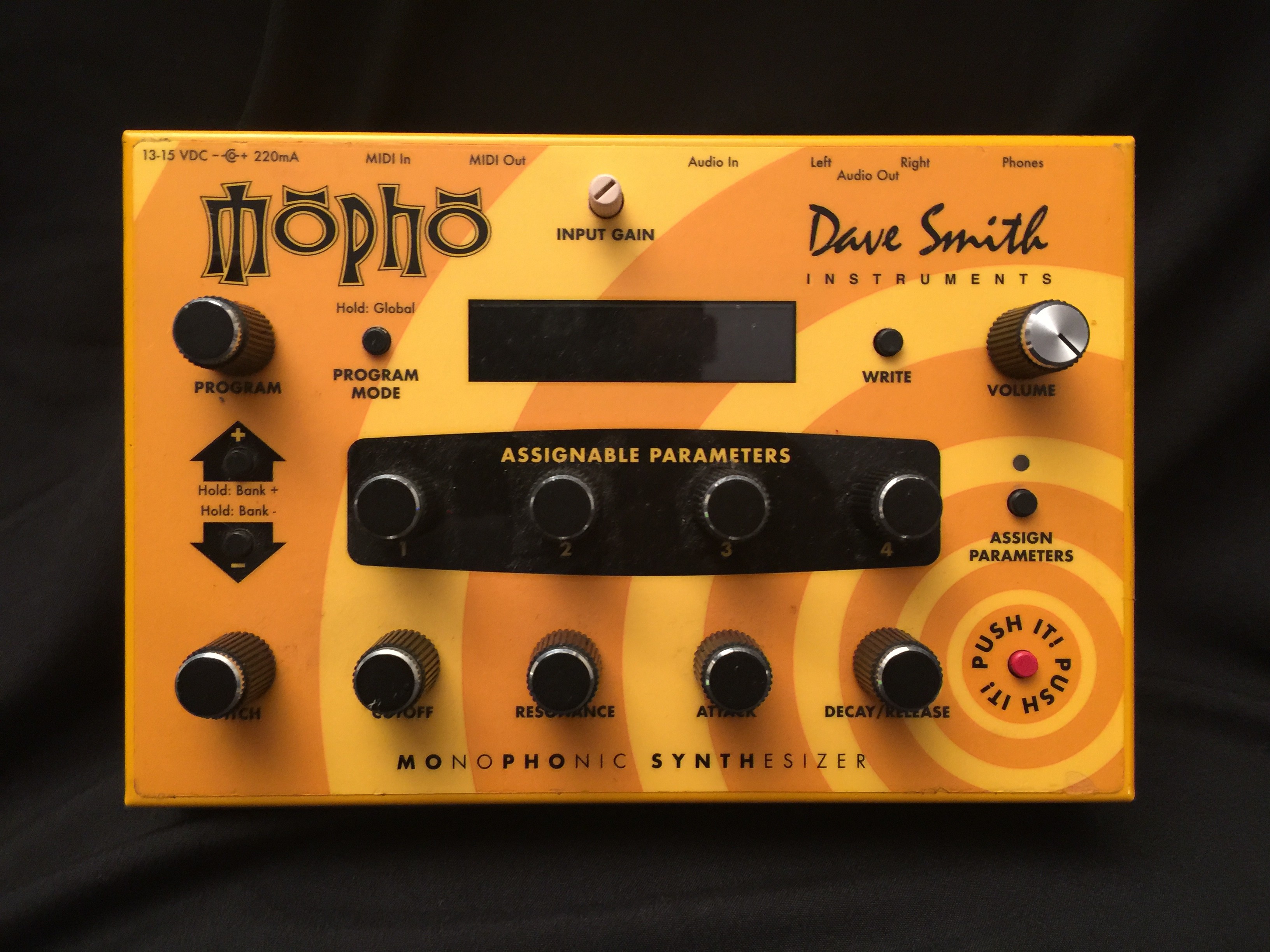
This is the bread and butter synth of our setup. It’s excellent for leads and bass, with tons of patch storage; it’s used on most tracks of our live sets. It’s lightweight and the audio cuts through the mix. Most of the programming unfortunately has to be done “under the hood” because it lacks a lot dedicated knobs, but it does have four knobs that are assignable to whatever parameter you like. The cut-off filter and resonance do have dedicated knobs, so that’s good. The unit is modified with DSI’s knob kit.
The backup for this synth is the DSI Tetra. The Tetra is actually four Mophos in one unit. With the Mopho only being monophonic, the Tetra is a f0ur-voice unit and capable of chord play. The Tetra design fixed many of the problems of the Mopho while adding a few cool internal and external upgrades. Mopho patches can be loaded into the Tetra too, so it serves as a backup for it as well as an additional synth for the setup.
MIDI Solutions Quadra Thru
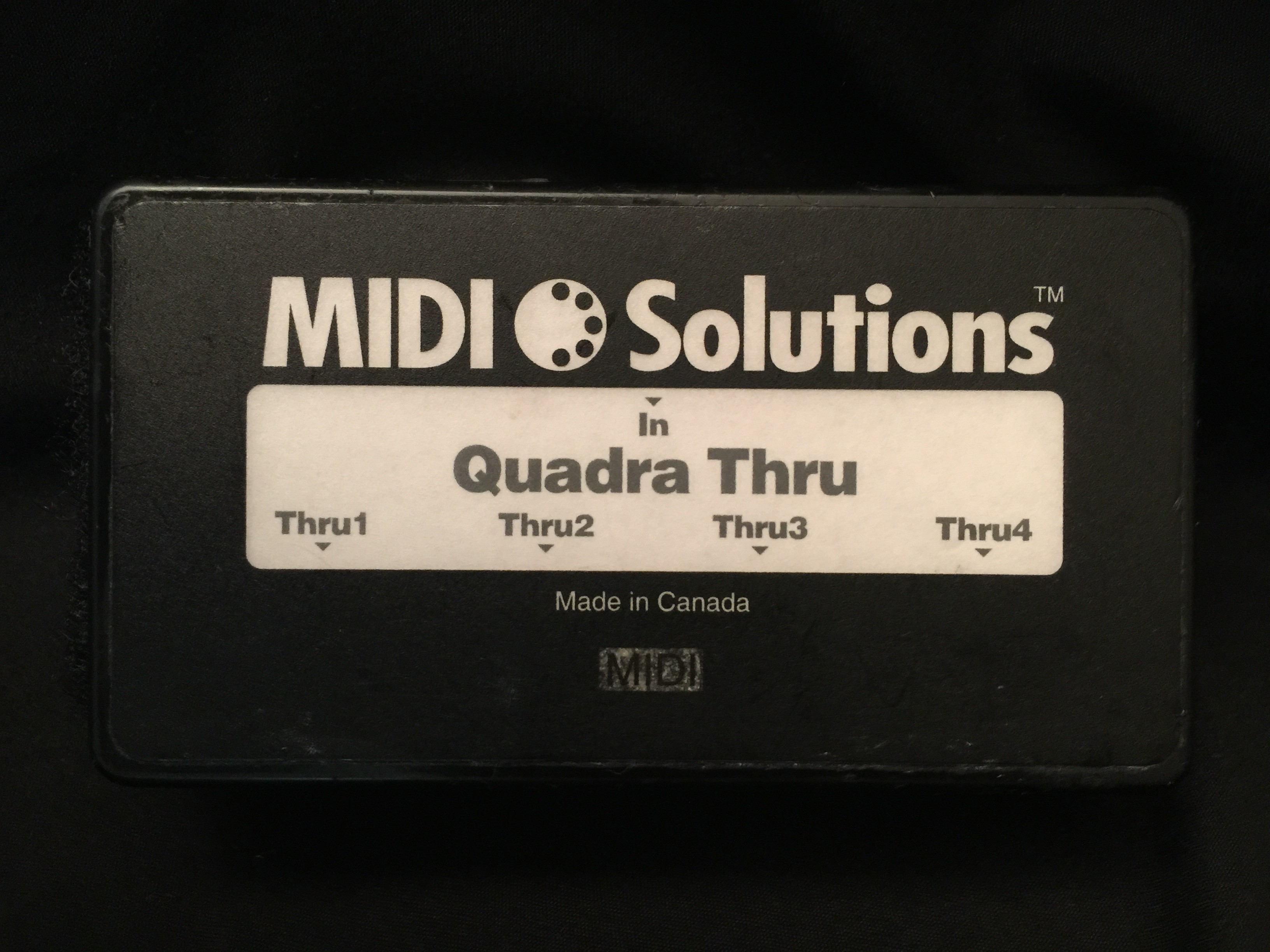
A very simple but very necessary unit; basically it takes one MIDI output and sends it to up to four MIDI-capable units (1-in 4-out MIDI thru box). Without these boxes, we can’t connect things together.
They are powered by the MIDI chain and are also reliable. You also bypass the MIDI delay that some MIDI-capable units (some synths, drum machines, effects) apply to the MIDI signal when using the MIDI thru port.
There are three that are active in the setup, with an additional one brought along for back up.
______
Octave One play Movement Croatia Jul 28 – Aug 1. Tickets here.
Main photo: Marie Staggat

